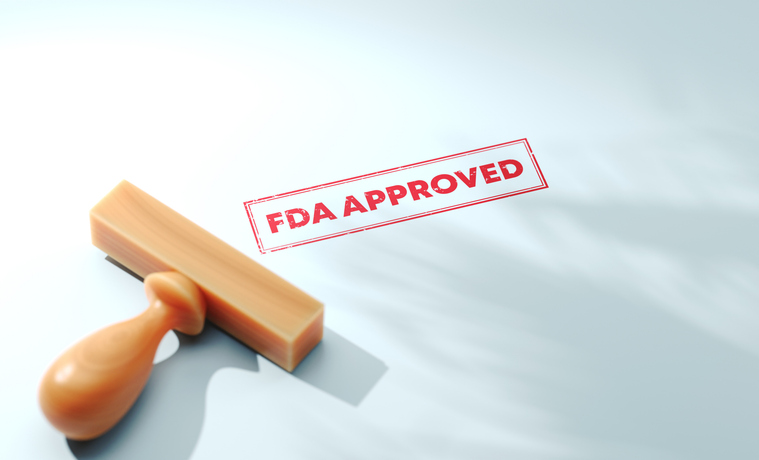A subject of debate in the field of cardiogenic shock is seemingly simple: a universal definition. However, consistency remains scarce. Atman P. Shah, MD, FACC, FSCAI, clinical director, Section of Cardiology, co-director, Cardiac Catheterization Laboratory, associate professor of medicine, University of Chicago, discussed this topic during the second annual Houston Shock Symposium.
Dr. Shah described today’s definition of cardiogenic shock using a quote from United States Supreme Court Justice Potter Stewart: “I know it when I see it.”
“That approach is a lot of how we deal with cardiogenic shock,” he said. Different doctors and specialists will see patient presentations from a different angle, but a consensus is important. Dr. Shah shared several textbook definitions of cardiogenic shock, including:
- Cardiogenic shock is the “rude unhinging of the machinery of life” (Truesdell et all. 2018)
- Cardiogenic shock is a low cardiac output state that results in life threatening end-organ hypoperfusion and hypoxia (The official AHA definition)
- Acute cardiac hemodynamic instability may result from any disorder that impairs function of the myocardium, valves, electrical conduction system, or pericardium
- Results in inadequate tissue perfusion
The clinical definition is, “Cardiac disorder that results in both clinical and biochemical evidence of tissue hypoperfusion.” However, different clinical trials pertaining to shock have varying specifications.
Despite the numerous definitions, uncertainties remain. For one, mortality rates remain high, and the best pharmacology and timing of mechanical cardiopulmonary devices remain up for debate, as does when is the best time to intervene and which ventricle should be treated first. Cardiogenic shock is also classified with ambiguous terms, including wet versus dry and cold versus warm.
The data also highlighted the Shock Index (heart rate / systolic blood pressure [SBP]), which could be helpful in defining cardiogenic shock but is not a perfect system. Dr. Shah noted that it may help indicate hemodynamic status. Hemodynamics could also help define cardiogenic shock. Two novel measurements used in recent studies include the pulmonary artery pulsatility index and the cardiac power index.
The next step, according to Dr. Shah, will be the different stages of cardiogenic shock. He described pre-cardiogenic shock, cardiogenic shock, and refractory cardiogenic shock stages using clinical and hemodynamic criteria:
Pre-cardiogenic shock, clinical
- Signs of peripheral hypoperfusion
- Oliguria (urine output <30 mL/h)
- Cold extremities
- Altered mental status
- Increased serum lactate
Pre-cardiogenic shock, hemodynamic
- SBP ≥90 mm Hg without circulatory support
Cardiogenic shock, clinical
- Signs of peripheral hypoperfusion
Cardiogenic shock, hemodynamic
- SBP <90 for >30 min or the need for pharmacologic or intra-aortic balloon pump support to maintain a systolic blood pressure >90 mm Hg or mean arterial pressure 30 mm Hg lower than baseline
- Cardiac index <2.2 L/min/m2
- Elevated filling pressures of the left, right, or both ventricles
Refractory cardiogenic shock, clinical
- Signs of peripheral hypoperfusion
Refractory cardiogenic shock, clinical
- Same as cardiogenic shock
“Cardiogenic shock continues to have a high rate of mortality, it continues to exist today,” and it is important to have an improved definition in order to treat today’s patients, Dr. Shah concluded.







 © 2025 Mashup Media, LLC, a Formedics Property. All Rights Reserved.
© 2025 Mashup Media, LLC, a Formedics Property. All Rights Reserved.